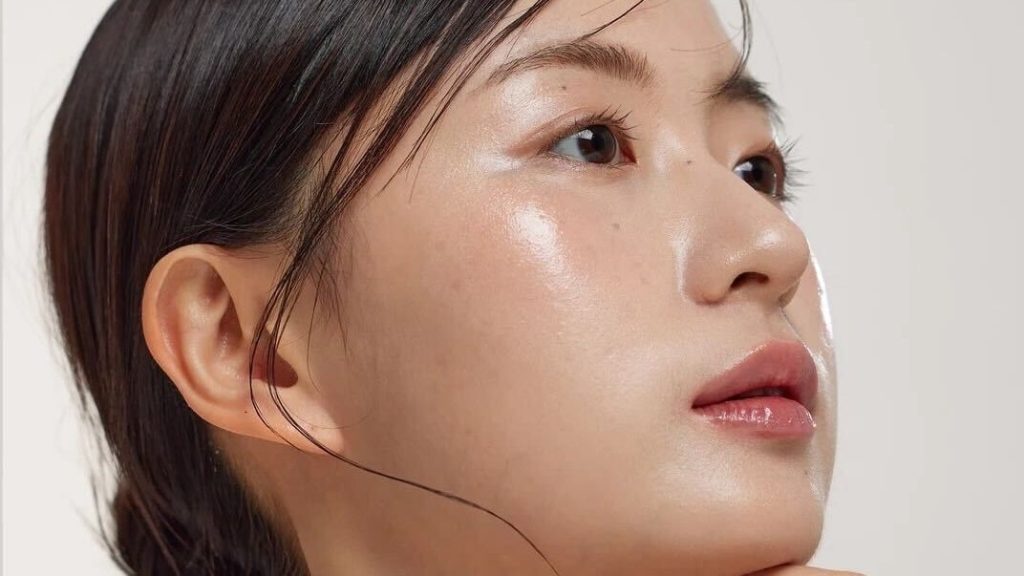Sunscreen protection factors or SPF is important when choosing a Korean sunscreen. In Korea, SPF ratings often go beyond 50, although the exact number is not always shared by brands. This is different from the US, where SPF ratings typically range from 15 to 100 and are labeled specifically. Despite this difference, the American Academy of Dermatology recommends a minimum of SPF 30 for effective sun protection.
Korean sunscreens primarily use chemical filters, which absorb UV energy and convert it into heat that eventually dissipates from the skin. This results in a weightless texture and invisible finish that Korean sunscreens are known for. On the other hand, mineral filters, commonly referred to as physical filters, remain on the skin’s surface and physically block UV rays by reflecting them. Dr. Kim prefers mineral filters for patients dealing with hyperpigmentation or for those who are pregnant, breastfeeding, or undergoing fertility treatments due to their lack of absorption by the skin.
The PA rating system used in Korean sunscreens measures protection specifically against UVA rays, with PA+++ being the highest level of UVA protection. In the US, protection against both UVA and UVB rays is indicated by the term “broad-spectrum,” but the exact level of defense offered is unclear. This difference in rating systems highlights the emphasis on UVA protection in Korean skincare products.
Texture is an important factor to consider when choosing a Korean sunscreen, although there is generally less variation in texture compared to Western sunscreens. Korean sunscreens are known for feeling weightless and airy on the skin, but some may be more hydrating and better suited for dry skin, while others, like gel or serum-like options, may be more suitable for oily or acne-prone skin. Dr. Kim recommends taking your skin type into account when selecting a sunscreen with a texture that works best for you.
Dr. Claire Chang, a board-certified dermatologist at Union Square Laser Dermatology in New York City, emphasizes the importance of using sunscreen for sun protection. She explains that chemical sunscreens are safe and effective, offering lightweight textures and residue-free finishes. Dr. David Kim, a board-certified dermatologist and founder of the skincare brand Lifesaver, recommends mineral filters for specific skin concerns such as hyperpigmentation or for individuals who are pregnant, breastfeeding, or undergoing fertility treatments.
Overall, Korean sunscreens offer a range of options with varying SPF levels, texture, and filtering methods. Understanding the differences between Korean and Western sunscreen products can help consumers make informed decisions when selecting the best sunscreen for their individual skin needs. By considering factors such as SPF level, filtering methods, and texture, individuals can choose a Korean sunscreen that provides optimal protection and suits their skin type.


